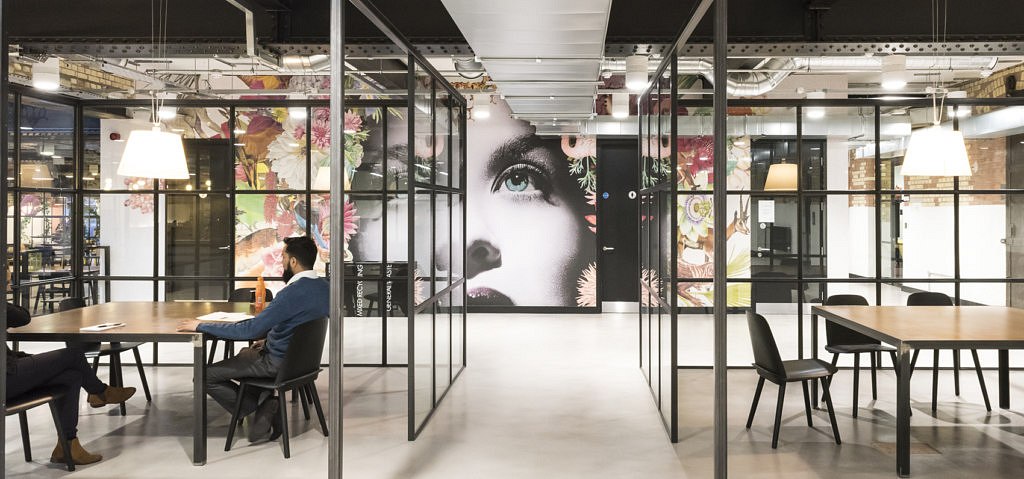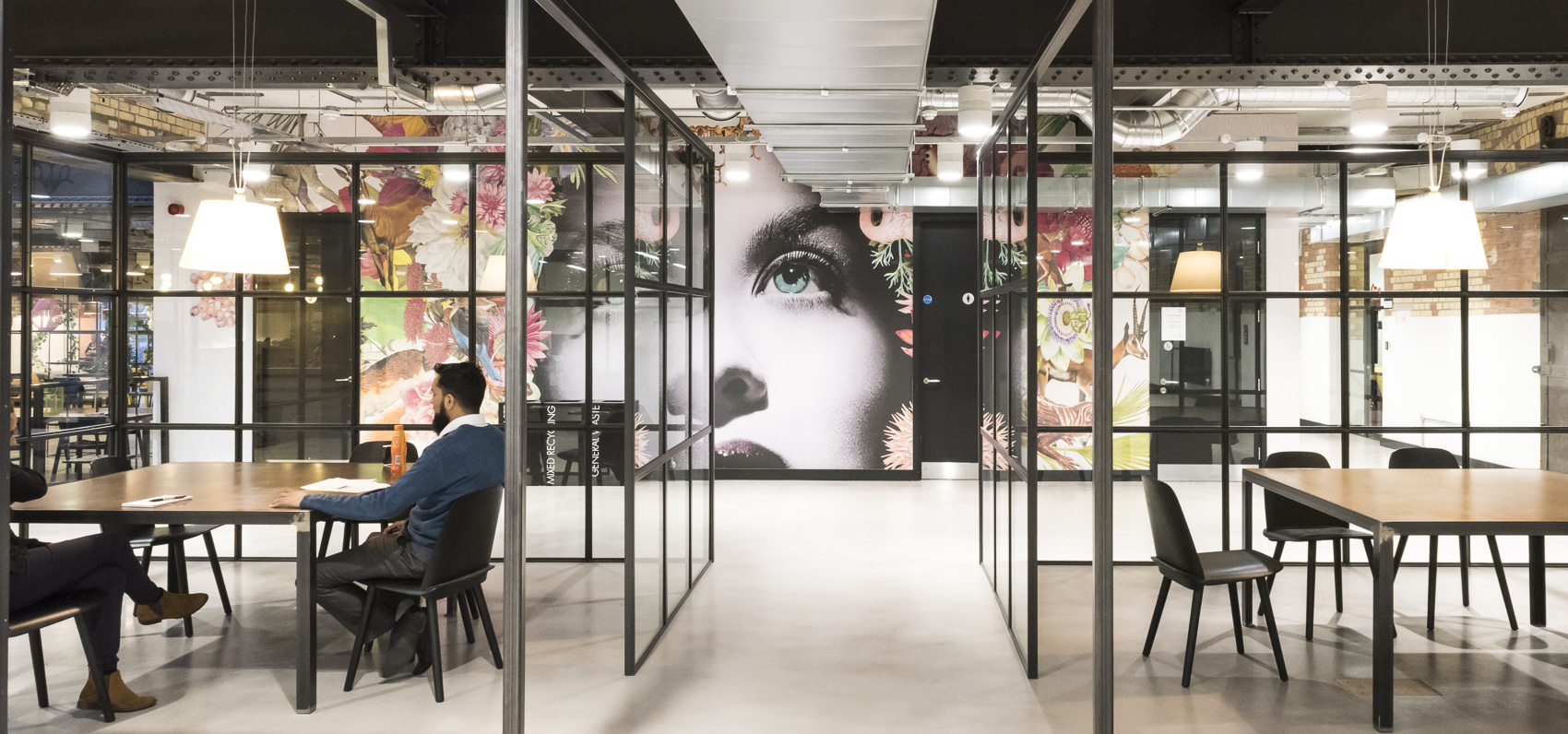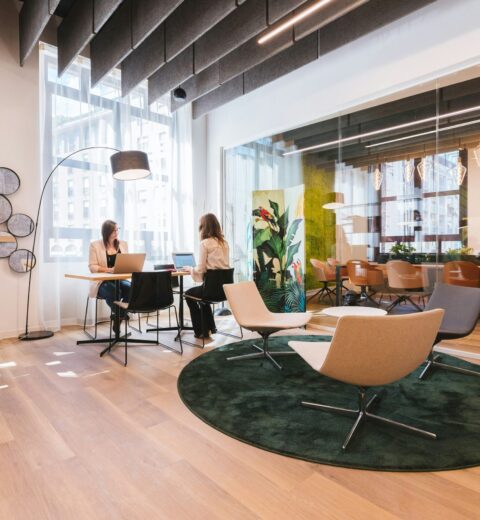With the Customers and the Community in Focus :: An Interview with Chris Pieroni and Clare Dundas @ Workspace Group
Week 16 – London. Welcome to another feature in the Workplace Series. This week, eOffice founder Pier Paolo Mucelli visits Workspace Group and their business centre in Kennington Park, where he meets with Chris Pieroni, Operations Director, and Clare Dundas, Head of Corporate Communications at Workspace Group. Through this interview, you will learn all about their inspiring history, their customers, and their aim to provide a home for London’s diverse businesses.
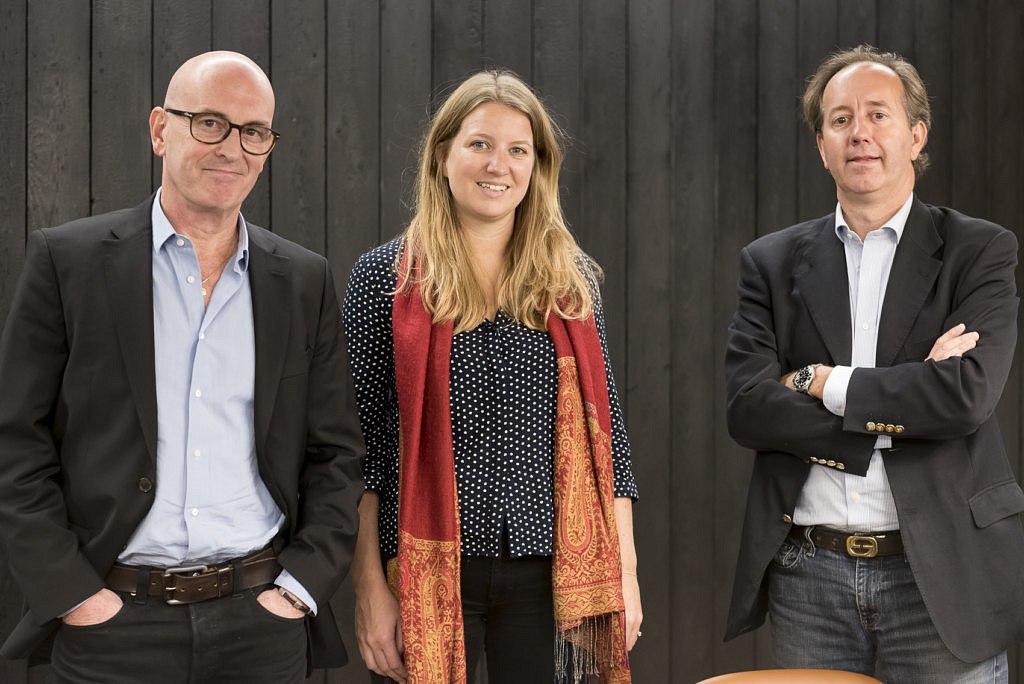
Let’s start with the background of the Workspace Group. What can you tell us about the history of the company?
Chris: We have our 30th birthday in 2017! Originally we were called London Industrial and the company was formed through the privatization of an industrial portfolio by the London Government and the Greater London Council (GLC). Over time we have grown, listed, and evolved our model and portfolio. During the last five years, we have developed our model towards owning much larger business centres and disposed of the majority of our industrial sites. When it comes to our spaces, it is important to distinguish between an office and a business centre. As opposed to a typical London office, with a reception desk and lots of corridors, a business centre usually has communal spaces, a café, and co-working areas.
Our model is far more customer orientated than traditional real estate businesses. We try to cater for all the different customer requirements in order to create the best working environments. Therefore, we have redesigned the cafés and receptions of many of our buildings in order to make them more customer friendly and ensure they include what a growing business would need.
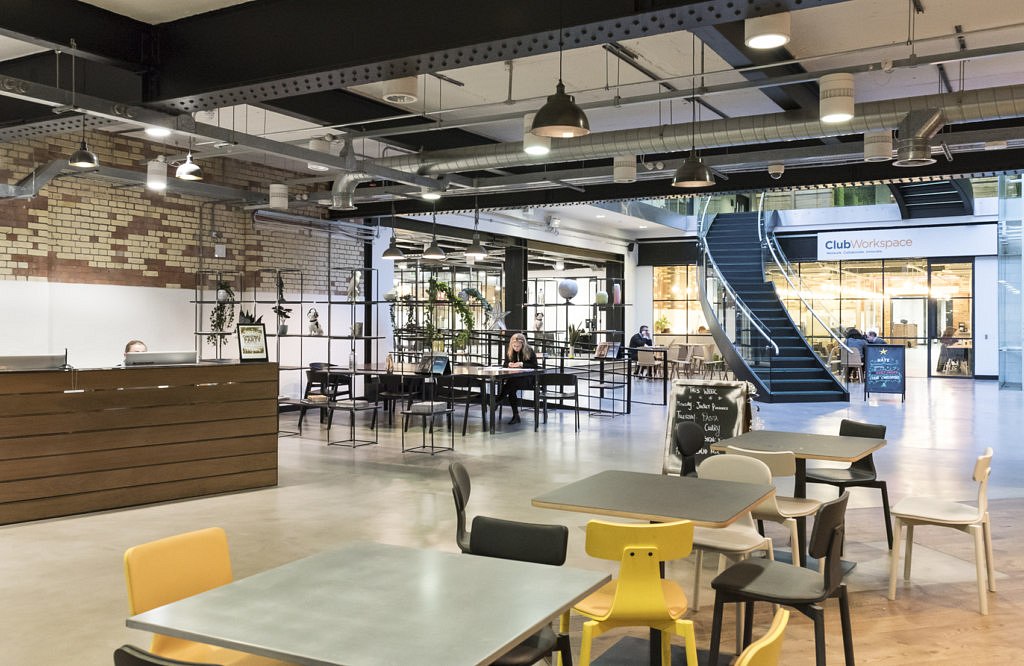
What is your current portfolio?
Chris: We have 65 buildings that are located primarily in fringe areas of Central London. Within those buildings, we have up to 4000 businesses and just under 4 million square feet of space in total.
Clare: We focus exclusively on the London market. On our map, you can see that we are spread all over London and our properties are very well located in terms of transport links and local amenities.
Would you say that this places you as one of the top flexible office providers in the capital?
Chris: Yes, in fact, we were probably one of the first flexible space providers because that is what we were set up to do from the beginning, and now we have grown to be the largest in London. The main difference between us and most other players in the market is that we own our own real estate. We own our buildings, which gives us more control and a great net asset value.
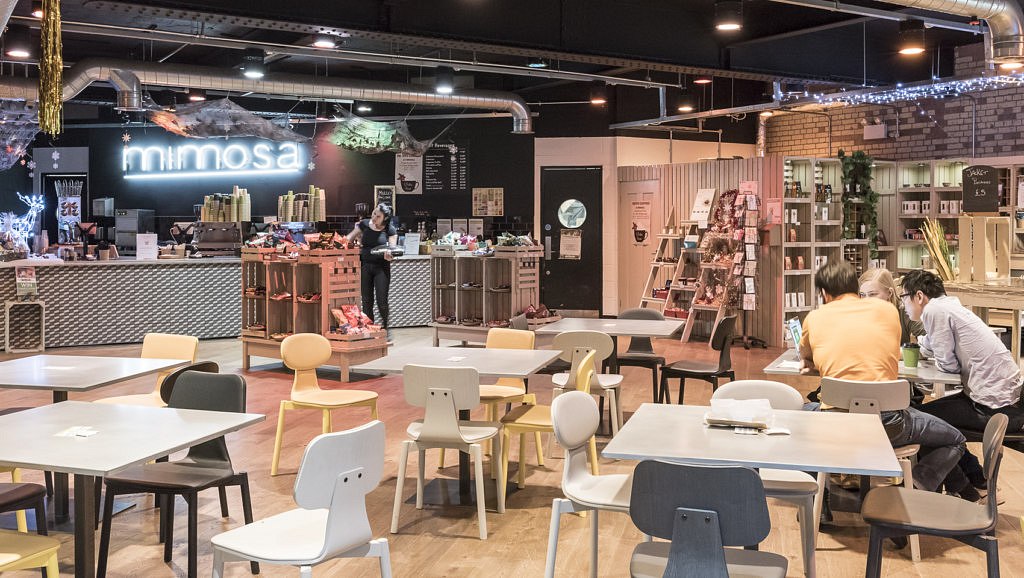
So, you are a property player, but also a service provider. Does purchasing the assets or freehold of your buildings influence the growth of your business?
Chris: It is fundamentally important for our business that we keep our customers at the centre of our strategy. We put a lot of focus on understanding them and their changing requirements. Owning our business centres gives us the flexibility we need to be able to adapt the buildings to meet evolving customer needs.
Over the last few years, we have developed our portfolio by acquiring new properties, and by redeveloping and refurbishing our existing buildings. This estate in Kennington Park is a great example of how we take a traditional business centre and continually reinvest in it by refurbishing, upgrading, and adding services such as cafés, meeting rooms and well-designed breakout spaces. As a matter of fact, we are doing that across the whole portfolio with about 20 projects on the go simultaneously.
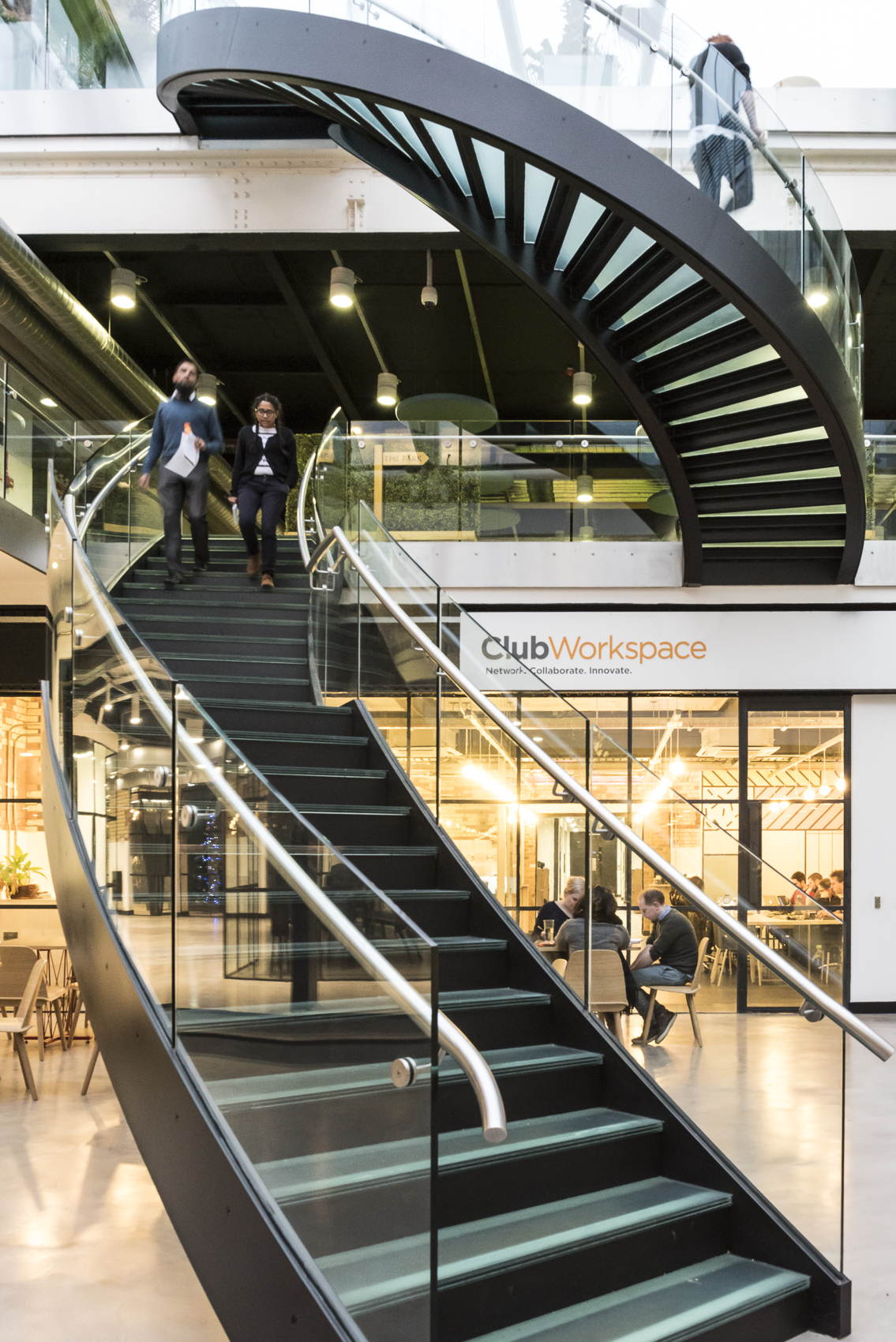
Could you tell us more about your members or clients? You mentioned that you have about 4000?
Clare: Yes, we call them customers rather than tenants or members and we have around 4000 businesses in total in our space. We also have different types of customer. When it comes to coworking, we have a business called Club Workspace with open-planned working areas and members that pay a monthly membership. These customers are in and out quite quickly and tend to be early-stage startups, freelancers or one-man bands, although we do see many of these members growing and later taking an office in the main Workspace portfolio. This is filled with growing businesses from any end of the spectrum, ranging from 5 people up to 200.
Regarding the type of companies, we are not overly exposed to only one sector but have businesses from a huge range of industries. We recently conducted an analysis of the sectors our customers sit in and because we have a direct relationship with our customers, we can get this information quite easily. Actually, that reminds me of another differentiating point from other work space providers: We don’t use brokers or agents to let our space.
You don’t use brokers to let your spaces? So, you are not listed in any portals?
Chris: No, we do all our enquiries ourselves. Over 90% of the activity is through our website and we do all our transactions in-house. We have a marketing team whose job is to generate enquiries through social media and our website. In addition, we have a lettings team who work on converting those enquiries to deals. We get about -50 enquiries a day from businesses looking for space, and we are doing about 60 or 70 transactions each week in relation to people joining us, people leaving us, people moving within our buildings, lease renewals and rent reviews. So, unlike many other players in the market, we have internalised this process and have a professional services team in-house. The reason is simple: We have such a high volume of activity and need to be in complete control of that activity. When people come to us, we can take on the whole process without depending on individuals that we don’t really know to act on behalf of our business, and it gives us a more direct relationship with the customers.
Clare: At the same time, managing all of that activity provides us with a great handle on customer demand we’re seeing all over London, which in turn gives us confidence when we open a new building. We know that there is demand in the market because we have this whole pipeline of enquiries. We can tap into that knowledge to make all types of investment decisions. It gives us a great bank of knowledge.
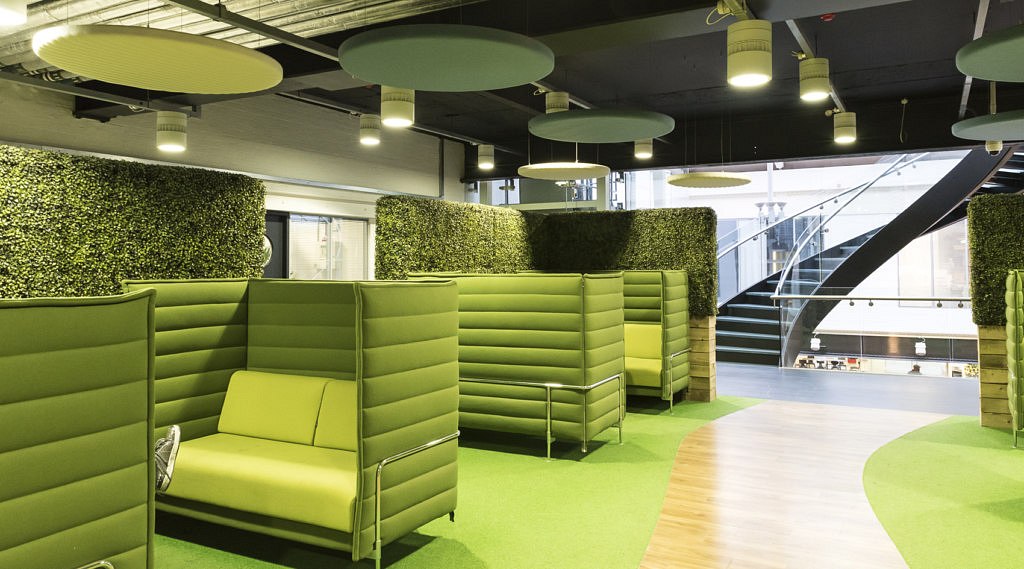
Let us go back to the community, what would be your typical customer?
Clare: If you walked around our centres, you might expect to see that everybody is under 30 and wearing jeans, but in fact you would see people of all ages. We are not just the home to startups, we do cater for them, however, the majority of our customers are well established, later stage businesses.
Chris: Our focus is on businesses that are scaling up. Only 10% of small businesses grow over a year, but here we know that over 90% of our customers grow. In fact, almost all of the net employment growth in London since the recession has come from small to medium-sized businesses, so within the Workspace portfolio we are contributing to London’s economic growth. Because of this, we need to provide an environment that allows mature businesses to scale up and grow, rather than focusing on startups. Of course, we don’t exclude them, but they are not our main focus.
Clare: And that’s why the flexibility that we offer in our lease agreements is so important! To give our customers the ability to grow with us.
Do you call them lease agreements or are they license agreements?
Clare: No, they are leases. The standard lease is 2 or 3 year lease with a 6 month’ break clause.
Are these the traditional landlord-tenant leases?
Chris: Somehow yes. This meeting room, for instance, would be quite a large room for our customers. If you want to rent it, you just download the agreement online. You don’t need a lawyer because the agreement is written in plain English and, if you wonder about anything, we will explain it to you. We do take a deposit when you move in that you get back when you move out, but, compared to a traditional type of lease, this is a much cleaner and faster version.
Clare: The idea is to make it easy for our customers. It is an emotional decision but it should not involve any hassle.
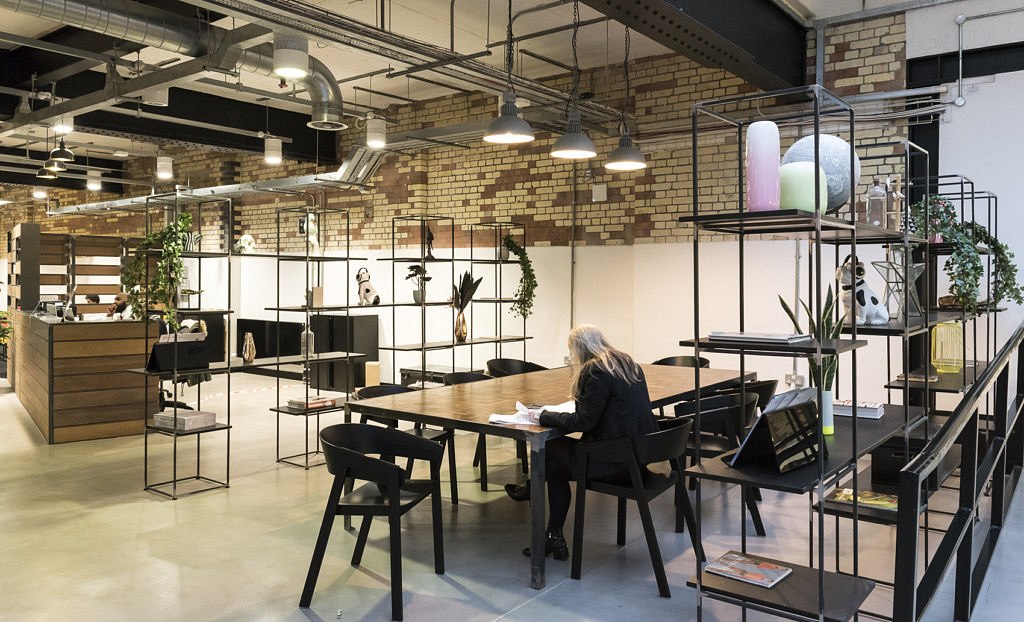
When you have 4 million square feet of space, how many people can you actually accommodate?
Clare and Chris: We are 90% occupied at the moment, so we think we have about 40,000 people working on our sites.
And do you count the number of desks?
Clare: No, we don’t because people rent our space by the office, and also because we don’t charge per desk, but per square foot. So our customers can take an office and choose how many desks they want to put in it.
So, do your customers tend to furnish the space?
Chris: Yes, all of them do. We don’t provide services, such as answering calls or photocopying. What we do is provide the technology, the space and, importantly, the ability to meet other businesses. Today, this connectivity is really important. Two years ago, you would not have seen an open area such as the one you walk into when you come into our building. We have completely redesigned the whole common area so that customers can network and we can host events. We have regular events across the portfolio that are designed to get our customers together and also to provide insight on particular business issues. The feedback from our customers is that they get exactly what they want because it helps them grow their businesses. We observe that the more we provide events and networking opportunities, the more they trade with each other and the more their businesses grow. After all, a key part of what we do is aimed at helping our customers grow through our space.
How do you leverage your customers’ brands and the Workspace Group brand?
Chris: We want our brand to be very visible when you are looking for space because we want to compete. However, when you are inside our buildings, it is actually your space and not ours. We want you to feel that it is your home and not put our corporate branding all over it. We want our customers to be able to create their own space within our walls that they can use as a home for their business. Hence, our buildings rarely have our name on them, only in the main receptions in order for people to know where to get help.
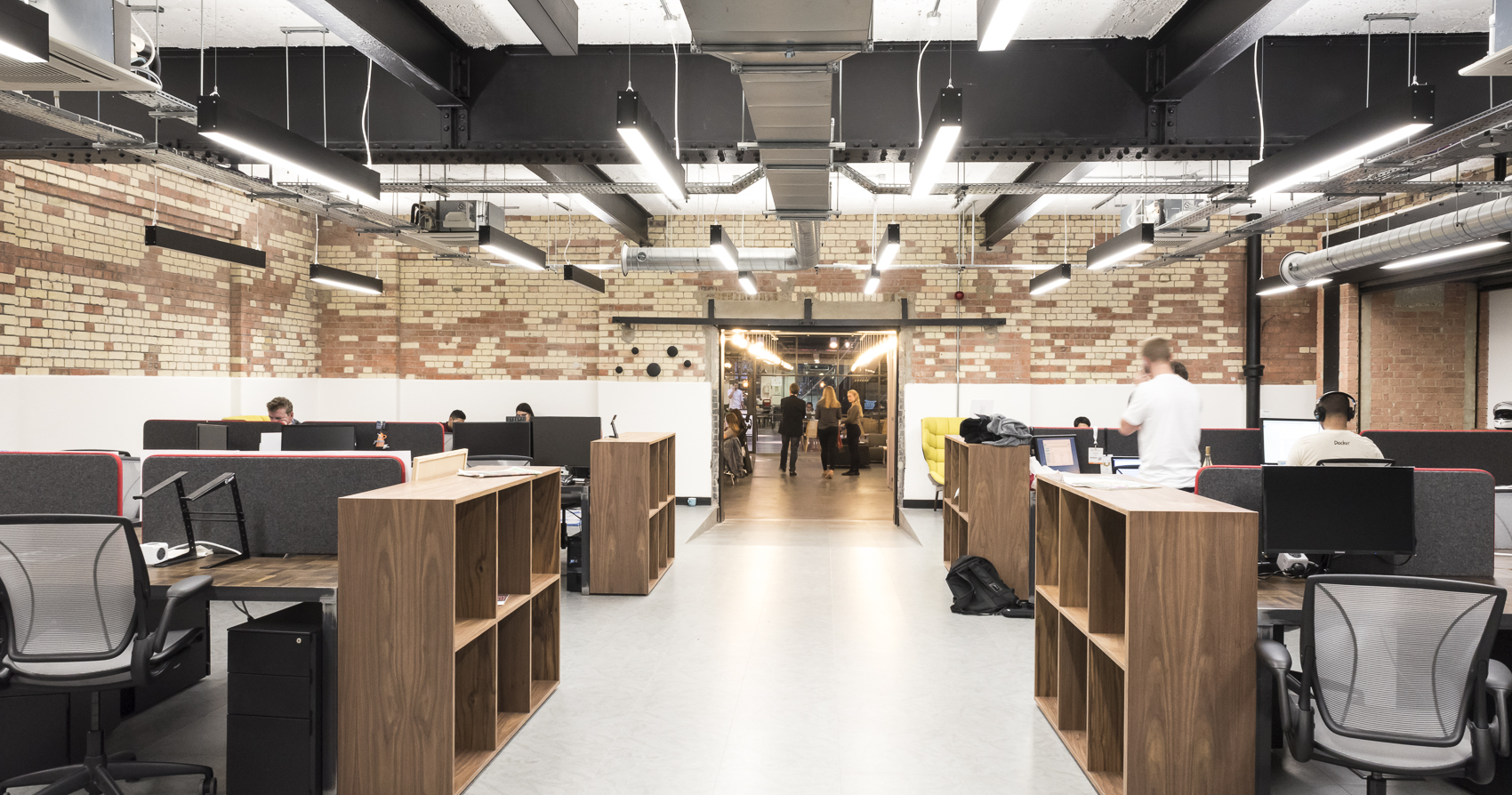
When it comes to technology, what is your solution here?
Chris: We actually own the technology in our buildings in order to assure that whatever we are providing is exactly what our customers need. For instance, we can monitor the data uploads and downloads so that we can see when the buildings are in need of an additional supply or upgrade.
Can the clients also install their own Internet connections?
Chris: No, we provide the technology throughout the buildings and it is made very clear when you enquire that if you come to us, you will have to use our preferred technology partner. If you don’t want any technology at all, we don’t force you to have any, but if you do want it, you have to use the technology platform that we provide.
And how can you control that?
Chris: We have spent a lot of time communicating to our customers about the technology offer that Workspace and Excell provide and helping them to understand why it’s the best service for their business. We provide the highest standards of connectivity and invest in state-of-the-art, award-winning technology infrastructure and a managed service for our customers with reliability and security at its centre. In addition, we are continuously upgrading our offer. Two or three years ago we were putting 100Mb pipes into a new building, now we have a 10GB pipe going into one building and that is going to continue to grow in the future. Because our technology partner owns its own network, we can control the offer, see what we need to do, and invest ahead of time, hopefully without experiencing shortages.
Another key point is that we provide all the Wi-Fi at no extra cost. In the past, people would come in and set up their own Wi-Fi, but now we have got software throughout our buildings that stop these Wi-Fi’s from competing. Again, that is a good example of us providing our customers of what they really need.
Clare: Even when we are building or refurbishing, the technology is the first thing that we think about and include. We often install two pipes for extra resilience. Another thing to say about the Wi-Fi service is that it allows customers to move within the building. It is not just about going down to the café and logging on to the Wi-Fi, but you actually remain connected to your own servers back in your office from anywhere in the building. Going forward, this will be rolled out to all of our buildings across London, meaning customers can drop into different business centres, log on and be completely connected to their office. That is going to be a really exciting offer.
Is it a growing trend that some of your customers are using multiple sites?
Clare: A lot of our customers move sites with us. They get to know the Workspace network through our events and through talking to centre managers and they might realise that it would benefit them more to work from another of our locations. That happens a lot. With businesses and employees being more mobile now, having the opportunity to drop in and use the different spaces when needed will be quite attractive to our customers.

Do you feel that there is more attention towards the environment? What is your main strategy in providing an environment-friendly workplace environment?
Chris: We actually spend a lot of time on this and we see it in two broad ways: on the one hand is our sustainability strategy, and on the other is our social responsibility strategy. In terms of sustainability, we spend a lot of time analysing and trying to reduce our energy usage, waste, and all the typical things you would expect us to look at. In addition, we also share this responsibility with our customers and we spend a fair bit of time explaining to them how much energy usage is going on and what they are responsible for.
When it comes to our social responsibility, it is really important for us to give something back to the community. In our local communities, we work with the GLA and other organisations to focus on education and youth employment and create opportunities for young people to get into entrepreneurship and employment. Here in Kennington Park, we have a link with a local school where we educate school students about the world of entrepreneurship and help them think about the future. We also run a fantastic programme with the GLA called InspiresMe, which connects London schools with our customers and other businesses to provide work placements for year 11 students. It is important to us that people see our company as a trustworthy and responsible and even an admired business, and we put a lot of effort into that.
Have you noticed any changes in the requirements or in the way your customers use the space in the last 3 to 4 years?
Chris: What I have found is that traditional space and co-working blends a lot more now. People want a mixture of everything. They want better quality meeting rooms and co-working and they want their office provider to cater for the flexibility and expansion of their business. So, if they take on more people, they can use the co-working space to easily expand their company. I also think that the mix of co-working and traditional space affects how we think about a work space nowadays. In the past, we had café, reception, co-working, and then the traditional space, but in the future that will probably blend even more. Finally, the increasing use of technology will enable far more flexibility in the market and, for Workspace, will be a vital driver of our innovation and growth in the future.
Thank you for the warm hospitality, Chris Pieroni and Clare Dundas @ Workspace Kennington Park!
